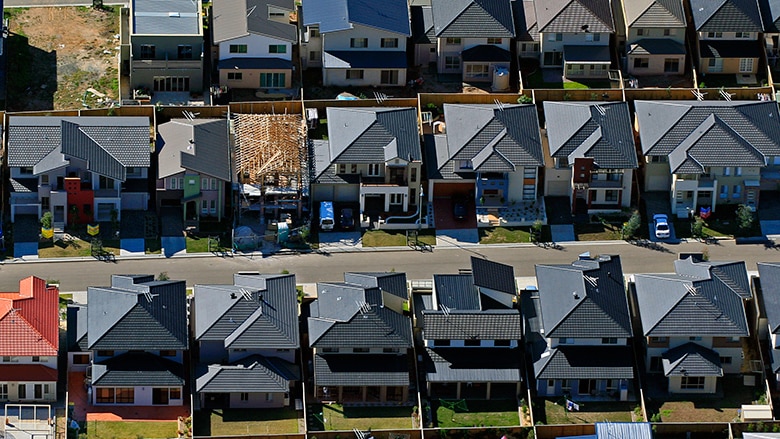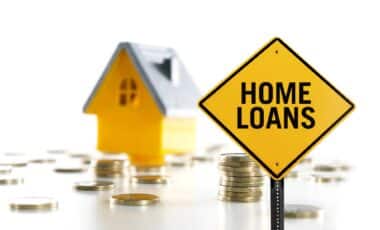In a major move to alleviate the nation’s long-standing affordability problems, the Australian federal government just opened the first round of its $10 billion Housing Australia Future Fund. But as new developments are announced, Australians’ mounting discontent raises the possibility that the government is not doing enough to meet the urgent demand for affordable homes.
The first tranche of the Housing Australia Future Fund promises to deliver 814 new homes across various states, with nearly 700 of these located in Melbourne. Despite this step forward, polling reveals a stark contrast between public sentiment and the government’s optimism, as Australians express mounting frustration with the availability of affordable housing.
Distribution of New Affordable Housing
The Housing Australia Future Fund aims to build 40,000 affordable homes over the next five years. The first round includes 12 projects spread across key Australian cities, with Melbourne set to receive the bulk of the development. The specific locations in each state are as follows:
- Victoria : Noble Park, Lynbrook, Kensington, and Ivanhoe
- New South Wales : Dapto, Wollongong, Cammeray, Bangor, and Heathcote
- Western Australia : Perth
- South Australia : Panorama
- Tasmania : Ravenswood
With plans for an additional 13,700 dwellings in later rounds, a total of 814 residences are set to be built. According to Federal Housing Minister Clare O’Neil, the program would give many families stability. “Every single one of these dwellings represents more than just a roof over someone’s head – it’s the foundation for building a better and more prosperous life,” she said. These initiatives, however, coincide with growing dissatisfaction since many people still cannot afford the high cost of housing.
Growing Public Discontent and Rising Homelessness
Gallup polling data highlights Australia’s growing dissatisfaction with house affordability. A recent survey found that only 22% of Australians were satisfied with the availability of cheap housing, which is the lowest percentage since Gallup started monitoring the topic in 2006. 76% of Australians are unhappy with the housing market’s current status, which contrasts with the government’s optimistic outlook.
Rising real estate prices make the affordability situation worse. Over the past 20 years, the ratio of home price to income has doubled, and the average Australian property now costs over nine times the average household income. Younger people and low-income households are particularly impacted by this imbalance, which restricts their options for housing.
Long-term homelessness keeps increasing, which exacerbates the already dire situation. According to Productivity Commission data, the number of people experiencing persistent homelessness has increased by 25% in the last five years, reaching 37,779 in 2023–2024 alone. Many Australians are finding themselves in a more challenging situation where they are unable to obtain or keep stable accommodation as housing expenses rise.









